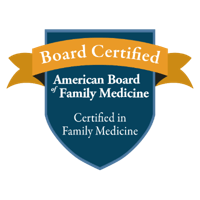Are there any hands-on activities?
Absolutely! Every Body’s Human Biology is designed to cater to a variety of learning styles. We believe that most students learn best when they engage with material in different ways. Also, some topics lend themselves particularly well to specific learning approaches. That’s why the curriculum incorporates a variety of hands-on activities, projects, and experiments.
Here are some examples of hands-on learning you’ll find in the curriculum:
- DIY Heart Pump: Students create a working model of a heart to understand how it pumps blood.
- Lung Model: Build a model to visualize how the lungs expand and contract during breathing.
- Modeling the GI System: Use clay to create a model of the digestive system and understand how food travels through the body.
- Chicken Dissection: Explore the anatomy of a chicken, which has many similarities to human anatomy.
- Liver Dissection: Get a firsthand look at the structure of a real liver.
- Facial Expression Muscles: Use face paint to explore the muscles involved in facial expressions.
Many of these activities and projects include downloadable PDF instructions to guide students through the process.
Hands-on activities offer several benefits:
- Deeper understanding: By actively engaging with the material, students gain a more profound understanding of the concepts.
- Improved retention: Hands-on learning enhances memory and retention of information.
- Increased engagement: Activities and projects make learning more fun and interactive.
- Development of critical thinking skills: Students learn to problem-solve and apply their knowledge in practical ways.
Whether your child is a visual, auditory, kinesthetic, or read/write learner, Every Body’s Human Biology provides a variety of learning experiences to ensure they grasp the fascinating world of human biology.
About Dr. Robin’s School
Dr. Robin’s School is a comprehensive program designed to give middle-grade kids a rock-solid foundation in human biology, preparing them for high school science and beyond.
Explore and Learn More:
30-Day Free Trial: When you purchase Dr. Robin’s School, you’ll receive a 30-day free trial, giving you full access to the program to ensure it’s the perfect fit for your family.

